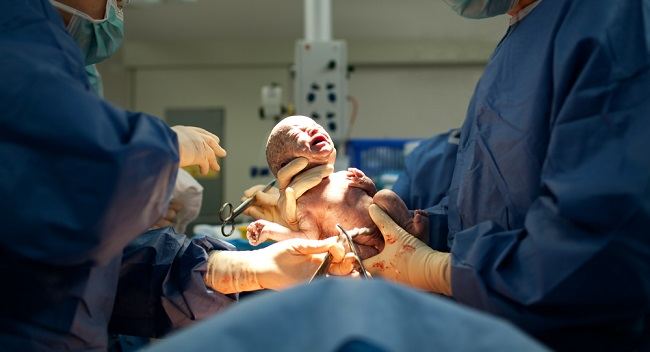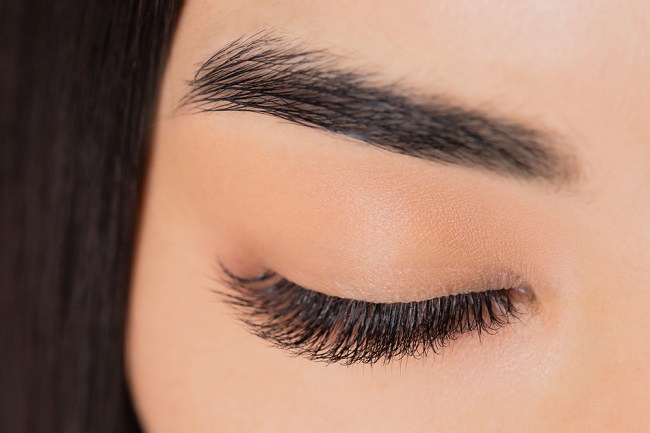Breast size is one of the factors that can affect a woman's self-confidence. Breast implants are often an option when the breast size is felt to be less large or less firm. However, there are some risks that you should consider before getting breast implants.
In general, breast implant surgery can be performed for reconstructive and aesthetic purposes. Reconstruction aims to improve the shape of the breast after surgical removal of the breast due to certain conditions, such as breast cancer.

Meanwhile, aesthetics generally aim to improve the appearance of the breasts through breast enlargement or tightening.
Types of Breast Implants and their Risks
The type of implant used is generally adapted to the purpose of the implant installation. There are two types of breast implants, namely:
Saline implant
Saline implants are implants made of a silicone bag filled with sterile saline. Saline implants can be filled before or during surgery.
For breast augmentation, saline implants can only be performed by women aged 18 years and over. As for the purpose of breast reconstruction, this type of implant can be done by all ages.
Silicone implant
This type of implant contains a silicone gel that resembles human fat. Silicone implants are considered to be aesthetically superior to saline implants, as they can provide a more natural-looking result.
Silicone implants can only be performed on women aged 22 years and over for breast augmentation purposes. As for reconstruction purposes, silicone implants can be performed by women of all ages.
In addition, the installation of silicone can also be done in the form of injections. Although safer than injectable silicone, both types of implants still have the potential to pose several health risks, such as:
- Breast pain
- Infection
- Changes in breast and nipple sensitivity
- The appearance of scar tissue that can change the position of the implant
- Implants rupture or leak
Therefore, it is important to consider these risks before getting breast implants.
Breast Implant Procedure
The procedure for installing breast implants is carried out in the following steps:
- Before surgery, you will be asked to stop using certain medications.
- The doctor will give you general anesthesia so that you fall asleep and don't feel sick.
- The doctor will make incisions under the breast, arm, and around the nipple based on the type of implant, body shape, and the extent to which changes to the breast will be made.
- An implant will be inserted and placed in the upper or lower part of the chest muscle.
- When finished, the doctor will suture the incision and cover it with gauze.
Breast implant surgery generally lasts 1-2 hours. After the operation is complete, the breast will experience swelling and scar tissue will appear. However, this condition can go away on its own over time.
During the recovery period, it is recommended that you use a special bra to support your breasts. In addition, you are also not allowed to lift heavy weights for 6 weeks after the operation, so that the condition of the breast implant remains safe.
You are also required to have regular MRI examinations every 2-3 years. This aims to anticipate if there is damage to the implant. You also need to see a doctor if you feel the slightest change in your breasts.
Impacts and Risks of Breast Implants
Before getting breast implants, you should carefully consider the health risks that can occur. The following are some of the risks of breast implants:
Trigger the occurrence of cancer
Although very rare, breast implants can cause blockage and damage to cells and tissues in the breast and trigger cancer. In addition, cancer will also be more difficult to detect by mammography because of the presence of breast implants.
Affects milk production
Breast implants can cause loss of breast tissue and glands that produce milk. However, some women who do this procedure can still breastfeed their baby.
This risk can be your consideration before installing breast implants and planning to have children.
In addition to some of the risks above, silicone gel in breast implants can also break or leak and cause various health problems, such as pain, thickening of the breast, to changes in the shape and contour of the breast. If this happens, you will need to have another surgery to remove or replace the breast implants.
Breast implants are also relatively expensive and are usually not covered by health insurance, especially if they are done for aesthetic purposes. Therefore, consult your doctor first to find out in more detail about the procedure and the risks of breast implants, before you decide to undergo it.









